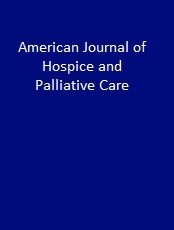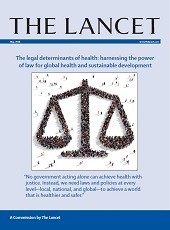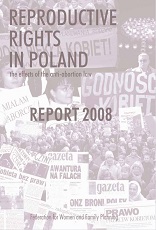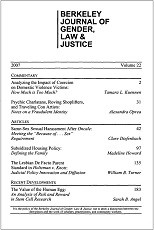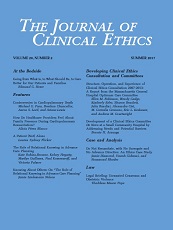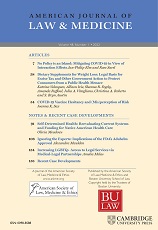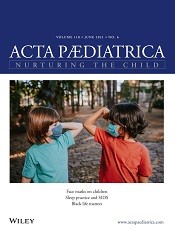Ellen R Wiebe, S Sandhu
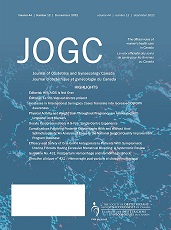
Abstract
Objective: Whether Canadian physicians can refuse to refer women for abortion and whether private clinics can charge for abortions are matters of controversy. We sought to identify barriers to access for women seeking therapeutic abortion and to have them identify what they considered to be most important about access to abortion services.
Methods: Women presenting for abortion over a two-month period at two free-standing abortion clinics, one publicly funded and the other private, were invited to participate in the study. Phase I of the study involved administration of a questionnaire seeking information about demographics, perceived barriers to access to abortion, and what the women wanted from abortion services. Phase II involved semi-structured interviews of a convenience sample of women to record their responses to questions about access. Responses from Phase I questionnaires were compared between the two clinics, and qualitative analysis was performed on the interview responses.
Results: Of 423 eligible women, 402 completed questionnaires, and of 45 women approached, 39 completed interviews satisfactorily. Women received information about abortion services from their physicians (60.0%), the Internet (14.8%), a telephone directory (7.8%), friends or family (5.3%), or other sources (12.3%). Many had negative experiences in gaining access. The most important issue regarding access was the long wait time; the second most important issue was difficulty in making appointments. In the private clinic, 85% of the women said they were willing to pay for shorter wait times, compared with 43.5% in the public clinic.
Conclusion: Physicians who failed to refer patients for abortion or provide information about obtaining an abortion caused distress and impeded access for a significant minority of women requesting an abortion. Management of abortion services should be prioritized to reflect what women want: particularly decreased wait times for abortion and greater ease and convenience in booking appointments. Since many women are willing to pay for services in order to have an abortion within one week, this option should be considered by policy makers.
Wiebe ER, Sandhu S. Access to abortion: what women want from abortion services. J Obstet Gynaecol Can. 2008 Apr;30(4):327-331.
